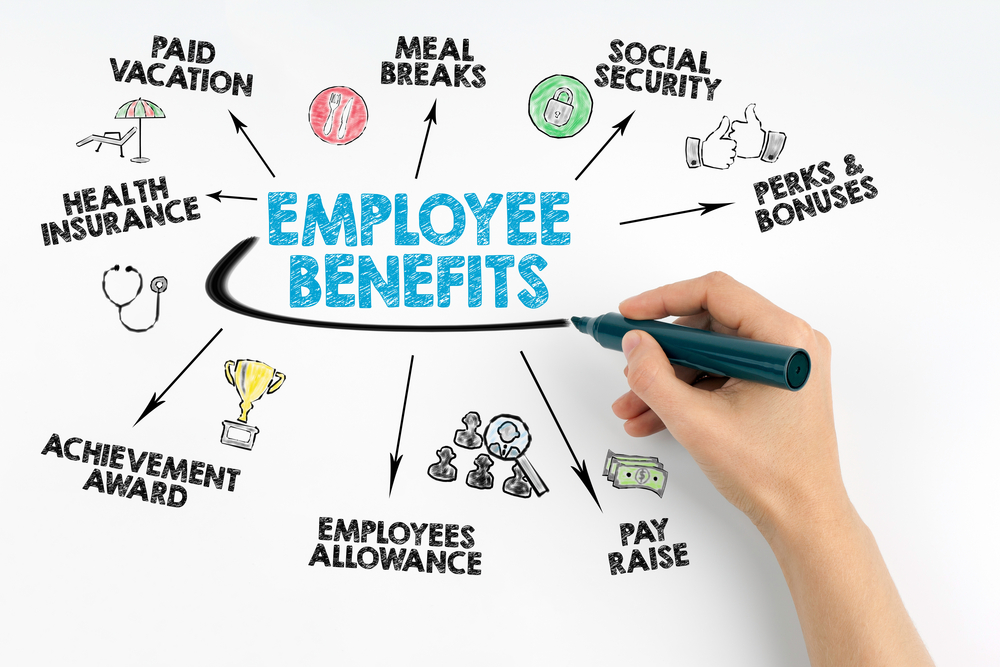It’s hard for employees to focus on work when financial worries are weighing them down. And statistics show that student loan debt is at the root of many workers’ troubles. The pandemic brought about a temporary reprieve in student loan payments, but interest began to accrue again in September, and payments are to resume in October.
A 2023 report from insurance and risk management giant Gallagher shows that 77% of employees surveyed are anxious about where they stand financially, and the vast majority say they could save more for retirement if their employer helped with education expenses.
All that is leading many employers to get creative with the benefits they offer.
Benefits: Not Just for Retirement Anymore
The Gallagher report delved into what employees want from their employers beyond retirement benefits. The report notes that 94% of the employees surveyed said they could save more money if their employer helped to fund their education or pay down student debt.
The report also says 57% named access to a financial coach or planner as the best source of help in working toward retiring with confidence. Employees also appreciate interactive platforms, according to the report, which found 77% of the employees surveyed say financial wellness assessments, calculators, and other technologies would improve their financial wellbeing.
“Employers would be well-advised to offer financial wellbeing programs and resources that support a wide range of day-to-day concerns—including assistance with immediate money matters,” the Gallagher report says.
How Employers Can Help
One benefit more employers are considering or already offering is assistance with student loan repayment. Patriot, a company offering payroll and accounting software to employers, notes that such programs offer attractive tax exemptions.
In a June 2023 report, Patriot cites a $1.73 trillion student debt balance in the United States. To help people cope with the COVID-19 pandemic’s effect on paychecks, the government adopted policies to make it easier for employers to provide their employees tax-free student loan repayment benefits.
Until March 2020, such student loan repayments were considered taxable income, but the Coronavirus Aid, Relief, and Economic Security (CARES) Act made such payments temporarily tax free. Although that benefit was scheduled to stop at the end of 2020, another federal law, the Consolidated Appropriations Act, extended it through December 31, 2025.
So, employers now have more time to make tax-free student loan payments up to the IRS limit. Under the law, employers can give each employee up to $5,250 per year toward student loan payments.
Patriot explains that the amount is not to be included in the employee’s income, so the employee won’t owe income tax on it and the employer won’t owe its share of the employee’s Social Security and Medicare taxes on the assistance for student loan repayment.
The tax exemption is encouraging more employers to offer help with student loan debt. The Patriot report notes that just 8% of companies offered the benefit in 2019, but after the tax exemption was implemented, 17% of companies offered a program, and 31% said they planned to provide it in the future.
Information on how employers can structure a student loan repayment program is available in IRS guidelines found in Publication 15-B (2023), Employer’s Tax Guide to Fringe Benefits.
Tips For an Employer’s Program
The advantages of offering a student loan repayment benefit include easing employee stress and helping to recruit and retain talent. But there are downsides, too, since an employer-offered benefit may trigger resentment in employees who have managed to pay off their loans. Also, employees who never incurred student loan debt are left out.
But a loan repayment benefit may still be an attractive perk. HR software company Paycor posted a list of tips that can help employers offer a successful program. Employers are advised to:
- Decide on a monthly amount to contribute. Even an amount as small as $50 to $100 can help employees save thousands on interest.
- Set a cap on the maximum benefit to be offered.
- Determine who will be eligible for the benefit. Remember that the nondiscrimination rules that apply to other benefit programs don’t apply to student loan repayment programs.
- Remember that any student loan repayment benefits exceeding $5,250 annually are considered wages and are subject to federal income and payroll tax withholding.
Tammy Binford is a Contributing Editor at HRLaws.com and HR Daily Advisor.

